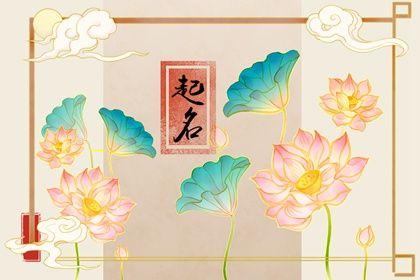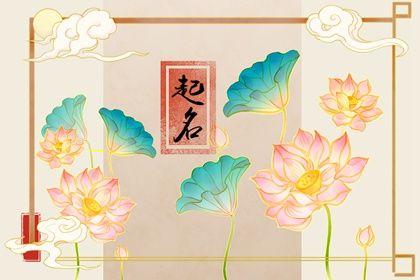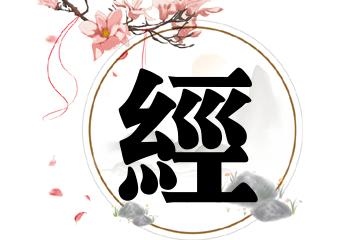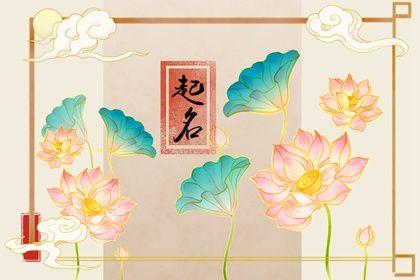如何为行书作品取一个出色的名字呢
- 作者: 马希柠
- 来源: 投稿
- 2024-09-26
一、如何为行书作品取一个出色的名字呢
为行书作品取名的技巧1. 考虑作品的主题和内容:
作品描绘了什么场景或事件?
它传达了什么情绪或信息?
这些元素可以启发一个有意义且相关的标题。
2. 借鉴文学或历史典故:
引用诗歌、名言或历史事件可以为作品增添深度和文化内涵。
确保典故与作品的主题或风格相符。
3. 使用书法术语:书法术语可以描述作品的笔法、结构或风格。
例如,“飞白”、“行云流水”、“龙飞凤舞”等术语可以传达作品的动态和美感。
4. 考虑作品的视觉效果:
作品的线条、墨色和布局可以激发标题灵感。
例如,“墨舞飞扬”、“笔走龙蛇”、“挥洒自如”等标题可以捕捉作品的视觉冲击力。
5. 保持简洁和优雅:
标题应简洁明了,避免冗长或晦涩的语言。
优雅的措辞可以提升作品的艺术性。
6. 寻求他人的意见:
向书法家、艺术爱好者或朋友征求意见,可以获得不同的视角和灵感。
他们的反馈可以帮助你完善标题。
示例墨韵流芳:描绘了墨色在宣纸上流淌的优雅和持久。
行云流水:借鉴了书法术语,传达了作品的流畅和自然。
笔走龙蛇:引用了成语,描述了笔锋的迅捷和有力。
挥洒自如:突出了书法家的自信和娴熟技巧。
风骨神韵:强调了作品中书法家的精神和气质。
二、如何为行书作品取一个出色的名字呢英语
How to Choose a Great Title for Your Cursive Calligraphy Artwork
1. Consider the Content and Style of Your Artwork
What is the subject matter of your calligraphy? Is it a poem, a quote, or an original piece?
What is the style of your calligraphy? Is it formal, casual, or experimental?
2. Use Descriptive Words
Choose words that accurately describe the or style of your artwork.
For example, if your calligraphy is a love poem, you might use words like "romantic," "heartfelt," or "passionate."
3. Use Metaphors and Similes
Metaphors and similes can add depth and interest to your title.
For example, you might compare your calligraphy to a "flowing river" or a "dance of ink."
4. Keep it Concise
Your title should be short and to the point.
Aim for a title that is no longer than 10 words.
5. Use Alliteration or Assonance
Alliteration (repeating consonant sounds) and assonance (repeating vowel sounds) can create a pleasing sound in your title.
For example, you might use a title like "Whispering Winds" or "Serene Serenity."
6. Consider the Context
If your calligraphy is part of a larger exhibition or collection, consider the overall theme or concept.
Your title should complement the other works in the exhibition.
7. Get Feedback
Once you have a few title ideas, ask for feedback from friends, family, or fellow artists.
Their input can help you refine your title and choose the best option.
Examples of Great Cursive Calligraphy Titles:
"Ode to Joy"
"The Dance of the Pen"
"Whispers of the Heart"
"Serene Serenity"
"Flowing River of Ink"

三、如何为行书作品取一个出色的名字呢英文
How to Choose a Captivating Title for Your Cursive Calligraphy Artwork
1. Consider the Content and Style:
Reflect on the subject matter, emotions, or ideas conveyed in your artwork.
Choose a title that complements the style and technique used, such as "Flowing Serenity" or "Dynamic Strokes."
2. Use Descriptive Language:
Employ vivid adjectives and nouns to evoke the visual qualities of your work.
Consider terms like "Whispering Lines," "Dancing Ink," or "Ethereal Brushstrokes."
3. Explore Metaphors and Symbolism:
Draw inspiration from nature, literature, or personal experiences to create metaphorical titles.
For example, "Symphony of Strokes" or "Zen Garden on Paper."
4. Keep it Concise and Memorable:
Aim for a title that is short, easy to remember, and impactful.
Avoid using overly long or complex phrases.
5. Consider the Audience:
Think about who will be viewing your artwork and what kind of title would resonate with them.
For a more formal setting, opt for a sophisticated title like "Ode to Calligraphy."
6. Seek Feedback:
Share your title ideas with trusted friends, family, or fellow artists.
Their feedback can provide valuable insights and help you refine your choice.
7. Experiment with Different Options:
Don't be afraid to try out multiple titles and see which one feels most appropriate.
Write down your ideas and let them marinate before making a final decision.
Examples of Captivating Cursive Calligraphy Titles:
"Whispers of the Brush"
"Zenith of Ink"
"Ethereal Dance of Strokes"
"Ode to the Written Word"
"Symphony of Lines"
"Flowing Serenity"
"Dynamic Strokes"
"Zen Garden on Paper"
"Whispering Lines"
"Dancing Ink"
四、如何为行书作品取一个出色的名字呢图片
如何为行书作品取一个出色的名字
1. 考虑作品的主题和内容
作品表达了什么情感或思想?
它描绘了什么场景或事件?
它的风格和笔法如何?
2. 借鉴文学和诗歌从古诗词或名著中寻找灵感。
引用或改编经典名句,赋予作品更深层次的含义。
3. 使用自然意象自然界中的元素,如风、雨、花、鸟,可以唤起情感和意境。
将这些意象融入作品名称,营造出诗情画意的氛围。
4. 运用比喻和隐喻使用比喻或隐喻来暗示作品的含义。
通过间接的方式表达情感或思想,留下想象的空间。
5. 考虑作品的视觉效果
作品的线条、墨色和布局如何?
这些视觉元素可以暗示作品的名称。
例如,流畅的线条可以取名为“流水”,浓重的墨色可以取名为“墨韵”。
6. 保持简洁和优雅作品名称应简洁明了,易于理解。
避免使用冗长的或晦涩难懂的词语。
追求优雅和诗意,让名称与作品相得益彰。
7. 征求意见向朋友、老师或其他书法爱好者征求意见。
不同的视角可以带来新的灵感和建议。
示例:《风起云涌》:描绘了狂风骤雨的场景,表达了激昂的情绪。
《墨韵流淌》:突出了作品流畅的线条和浓重的墨色。
《花开无声》:借用自然意象,暗示作品的宁静和淡雅。
《笔走龙蛇》:比喻作品的笔法遒劲有力,如龙蛇飞舞。
《心随笔动》:表达了书法家创作时的随心所欲和情感流露。



